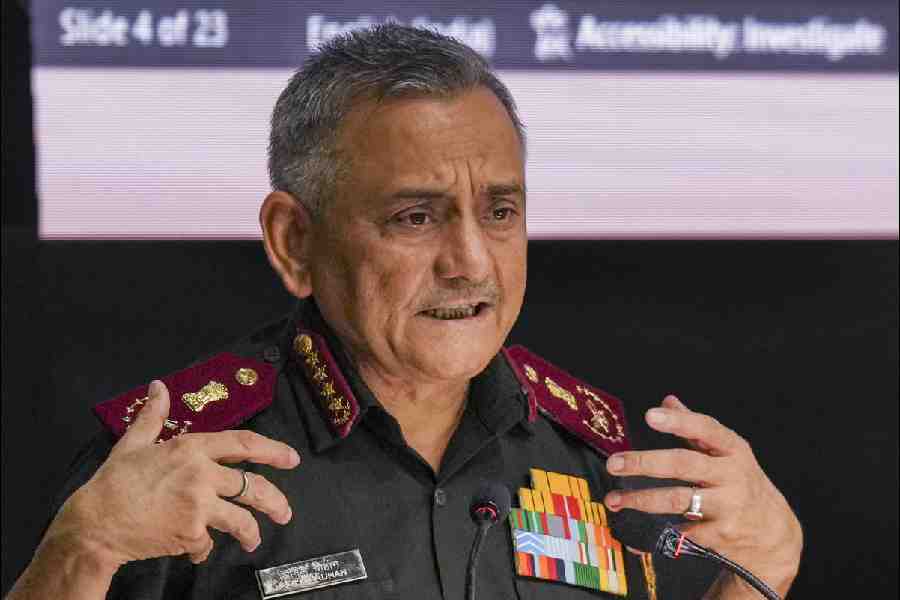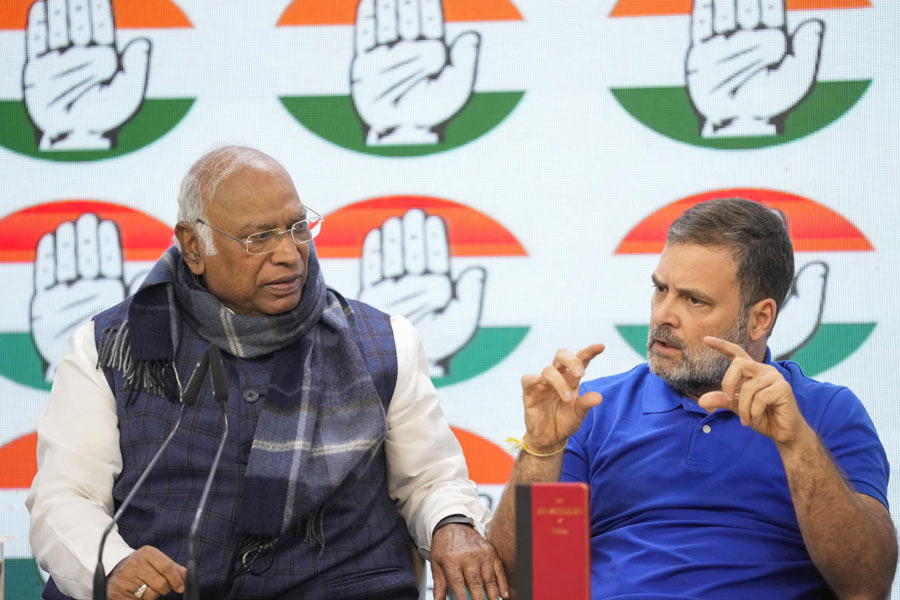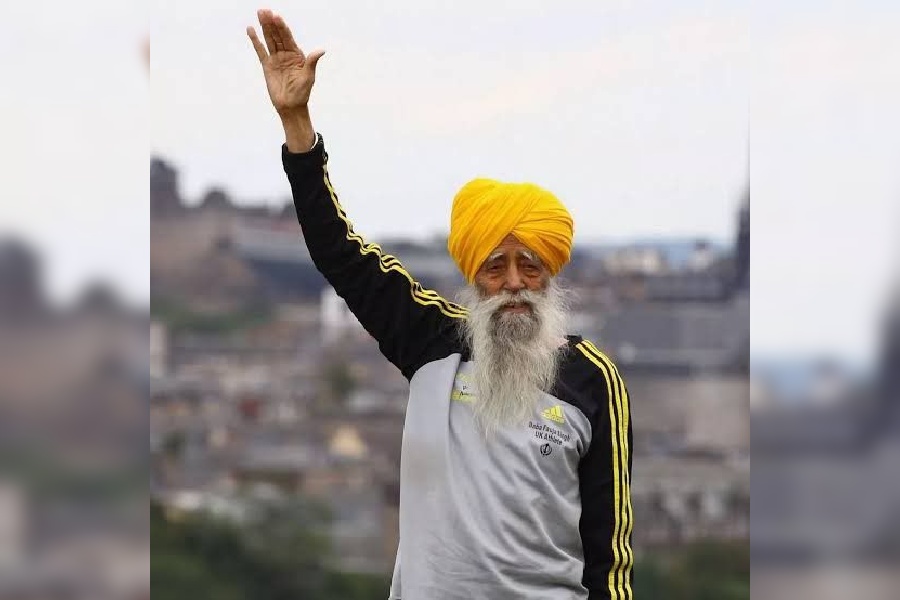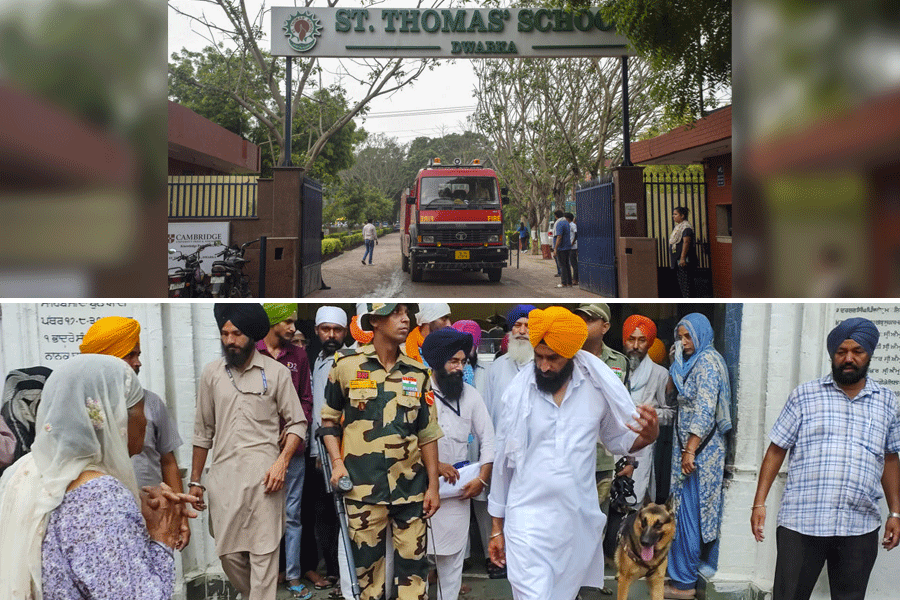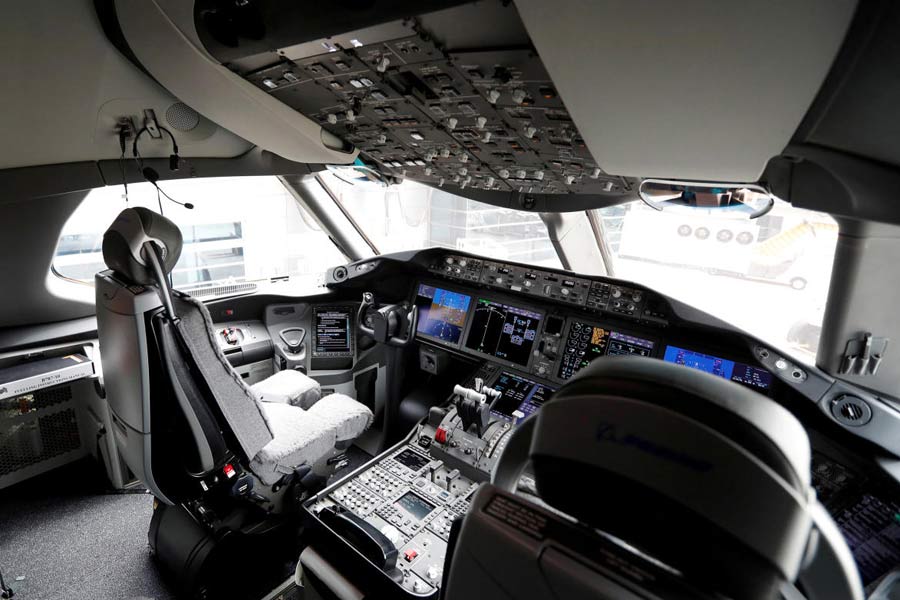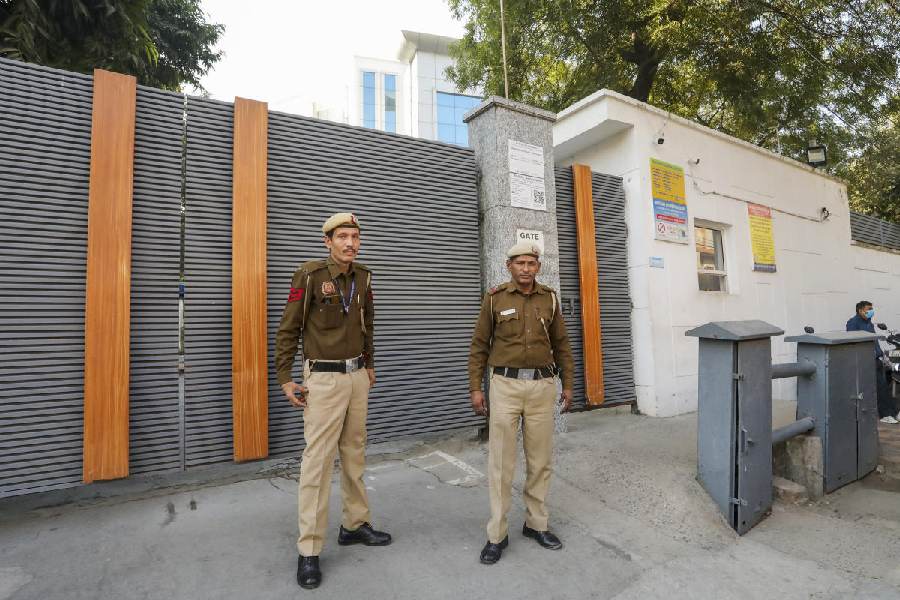New Delhi, Dec. 19: The Rajya Sabha today passed the Cable Television Networks Regulation (amendment) Bill that aims to digitise cable television in the four metros by June 2012 and across the country by the end of 2014.
The Lok Sabha passed the bill last week. It will be enacted once it gets presidential assent.
Information and broadcasting minister Ambika Soni said digitisation of cable television channels would provide better quality viewing, more channels and a better assessment of the subscriber base.
During the debate on the bill in the Rajya Sabha, Soni described the legislation as “path-breaking”. “The consumer is going to be the principal beneficiary of the process of digitisation. He will get much better viewing. He will have access to many more services which today are provided by the direct-to-home operator,” she said.
She said the bill provided for fixing tariffs for three or six months at a time to prevent “sporadic” increases in tariff. The Telecom Regulatory Authority of India is devising a framework for this purpose.
Digitisation will do away with what is called the “prime band”, under which a cable operator provides at best 100 channels. Soni said digitisation would allow consumers access to as many as 1,000 channels.
The bill will mark an end to the analog cable TV era and consumers will need to buy set top boxes to watch free-to air-channels also.
Soni said the proposed law will disallow broadcasters from forcing consumers to pay for an entire bouquet when they watch just one TV channel in that group. “We are going to ensure in the digital framework that the (consumer) would be able to choose (other channels) along with the free-to-air channels.”
Some members expressed concern about the perceived increase of adult content on television. Soni said she had discussed this with broadcasters. “There were two issues which they put up as the maximum points of discontent about good content. One was carriage fee. They (the broadcasters) had to pay large sums of money — Rs 10 crore, Rs 20 crore, Rs 30 crore, etc., to get on to a cable network,” she said.
“The second is the race for TRPs. We talked of superstition, obscene content and fly-by-night operators, and, they always say, ‘unless we get TRPs, we don’t get advertisements’.”
Soni said the “biggest advantage” of digitisation would be in this context. “Not only has the government lost, the broadcasters are at a loss and, they have not been able to spend their resources on content issues,” she said. “Since the dependence for revenue will be less on TRP and more on subscription (after digitisation), we hope that TRPs will play a lesser role.”
But adult content was not the only worry on the MPs’ minds. DMK MP Vasanthi Stanley said saas-bahu serials were unnecessarily pitting daughters-in-law against mothers-in-law. “Though these things (the fights) used to happen in the past, many TV programmes are still showing them,” she said.
Women have become educated now. Such programmes widely watched by women create quarrels even when they do not exist, she said, demanding legislation to rein in channels showing such serials.


